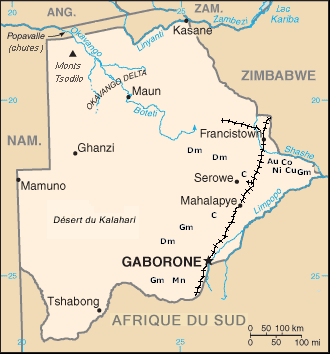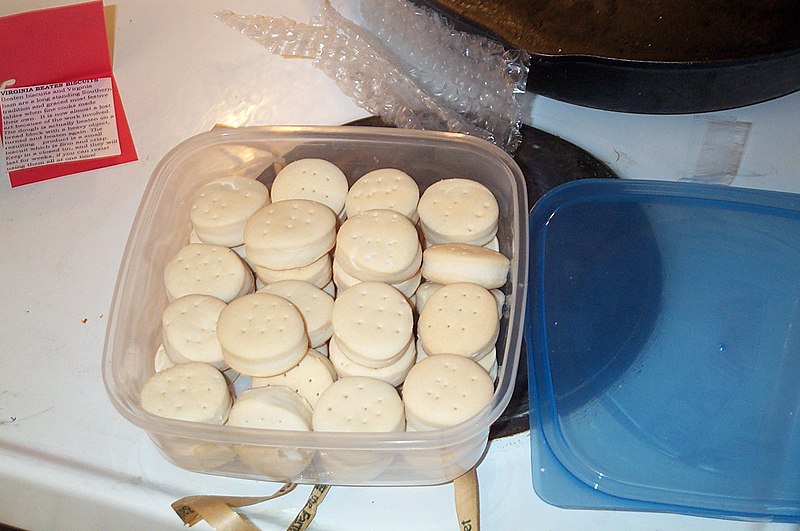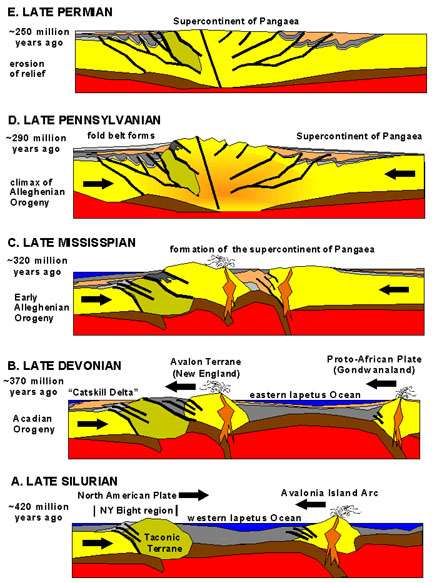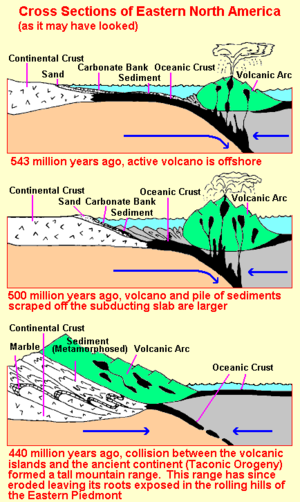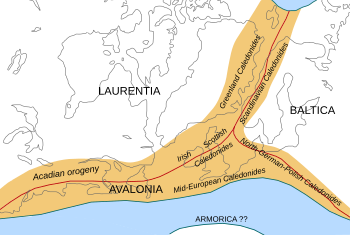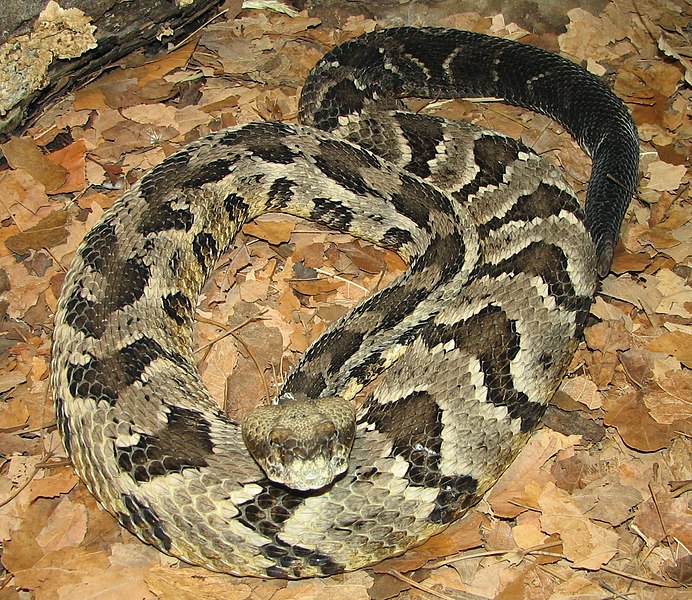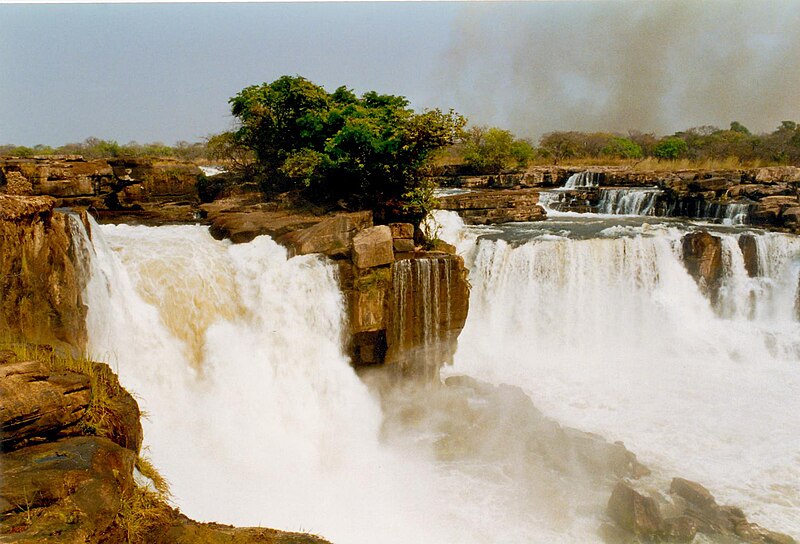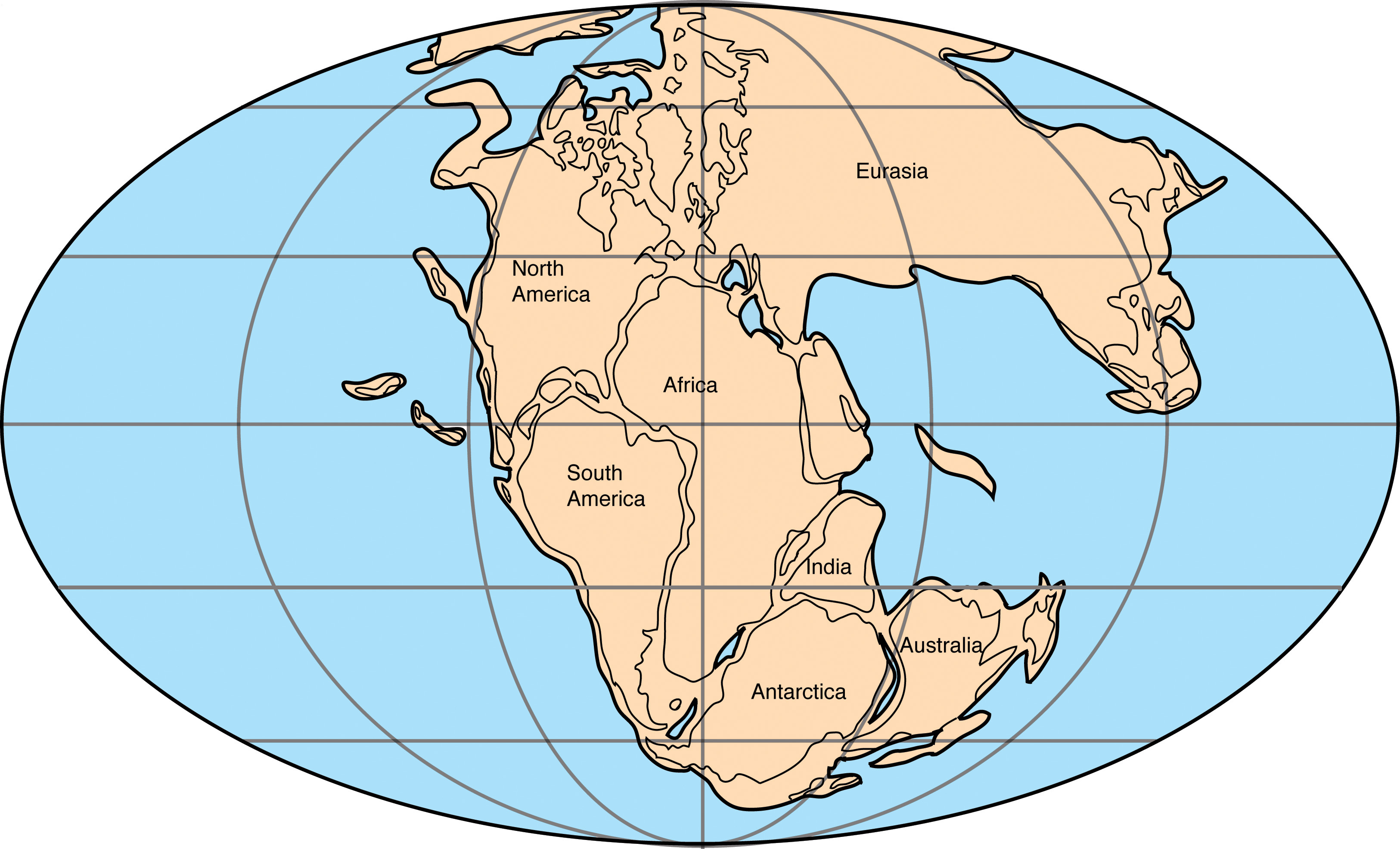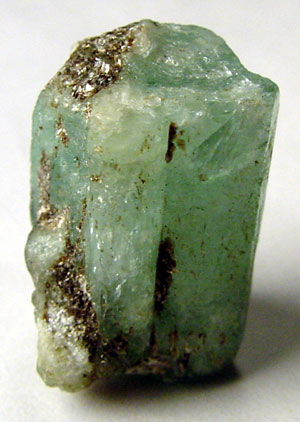 |
| Uncut emerald one of the many members of the family of beryl minerals Photo by Ryan Salisbury |
Rock hounding is many faceted hobbies that make use of
various earth materials as its objective.
Rock hounds can range in expertise from the rank amateur that collects
pretty pebbles to world class experts on gemstones and minerals. One of the branches of rock hounding is
prospecting for gold and other precious metals.
There are many other fields of study that open to the rock hound as his
level of knowledge increases. Many rock
hounds discover that over time rock hounding becomes a full time job.
One of the first things that have to be considered is the
number of actual minerals there are, and of the latest count there were over
2000. Another thing that deserves a great deal of study is the number of minerals
contained in each of the primary rack systems igneous, metamorphic and
sedimentary. Each of these rocks systems contain some very specific minerals
that are only found in one system. That being said has to be recognized that
many mineral bridge more than one system. Probably one of the most outstanding
examples of this is the occurrence of zircon they can be found in all three
rock types.
 |
| Rhodocrosite from Argentina Photo by Alberto Salguero |
No doubt the most important thing most rockhounds want to
learn is the identity of the different minerals they have found. This can be
quite difficult considering the number of minerals that are recognized, but if
you gold belt this systematically it becomes much simpler. All minerals have
specific characteristics that are readily recognized that can take several forms.
Many of these ways of recognizing minerals and trace their origin back to
ancient times. The ancient Egyptians were quite adept at this practice and
their knowledge of chemistry and mineral recognition was quite advanced.
There are a number of different ways of identifying a
specific mineral among them are: hardness, color, specific gravity,
transparency and fracture. One of the most accurate ways of identifying all
minerals is by a process called x-ray diffraction spectrometry or what is
commonly called a powder camera that is used by professional mineralogists. A
powder camera admittedly is beyond the realm of rock hounds, but there are
several tools that are still available to them.
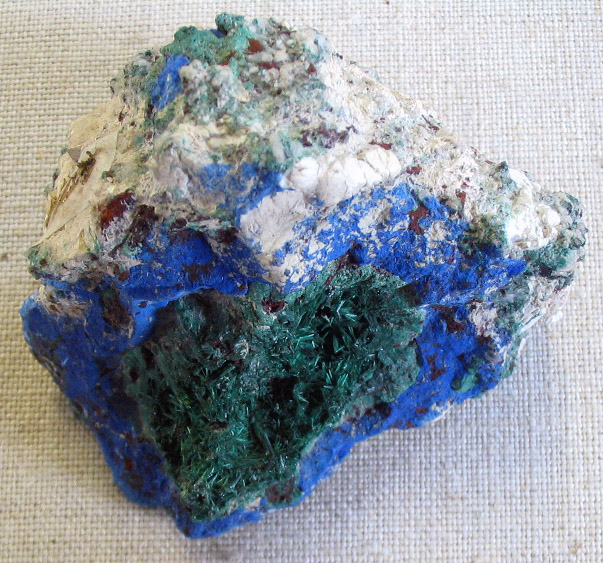 |
| Azurite the blue mineral with malachite the green mineral from Russia Photo by Aramgutang |
The most common of these tools are the hardness testing kit
that you can build yourself that are based on being able to scratch a sample.
The hardness testing kit is based upon Moh’s Scale of Hardness that ranges from
1 to 10 with talc being the softest and diamond the hardest. Although you can
purchase hardness testing kits you
can easily make your own from readily available minerals. You can Google Moh's
Hardness Scale on the Internet that will give you a list of the different
minerals by hardness that are in the scale.
The next most important thing to consider is the mineral's
specific gravity. The law of specific gravity was discovered by Archimedes in
the city of Syracuse , Sicily
during the days of the Romans. Each mineral is first weighed in the air and
then weighed in water the difference between the two numbers is the specific
gravity of the mineral. Once again a complete explanation of this can be found
by Googling the phrase specific gravity.
Color and transparency are self-explanatory and most books on
mineral identification are set up to show minerals by their color and chemical
composition. Fracture is yet another important tool used in mineral
identification.


